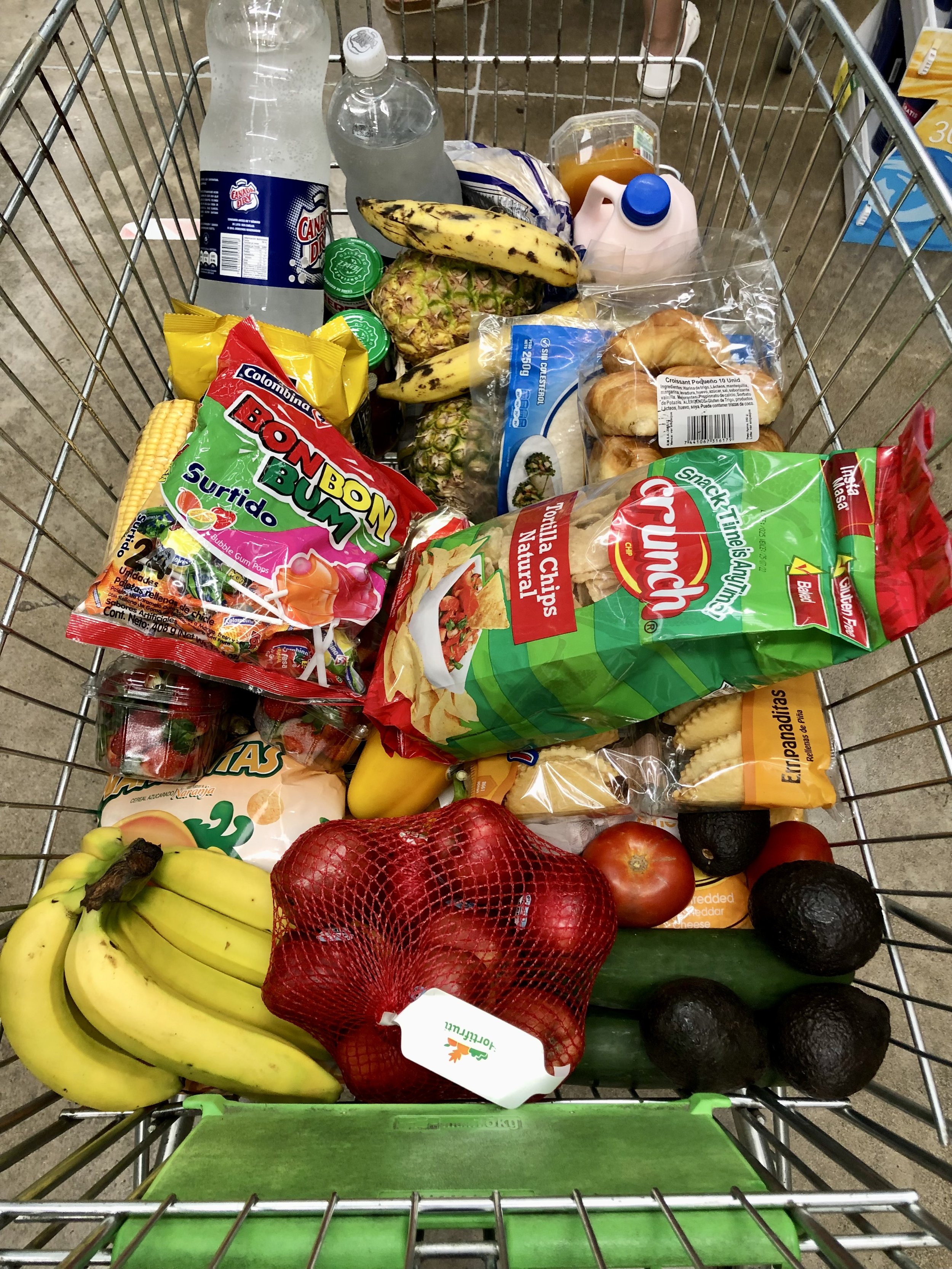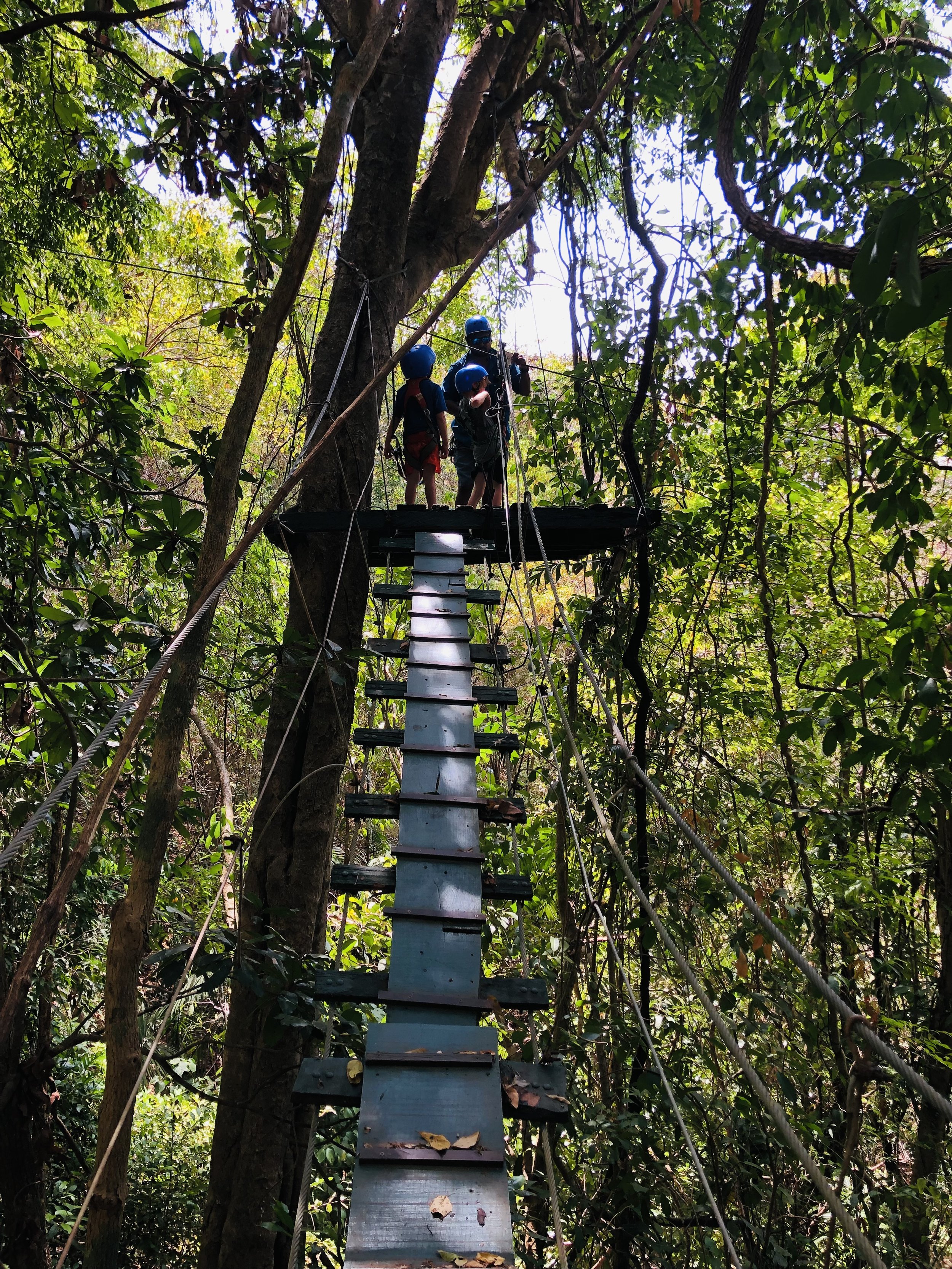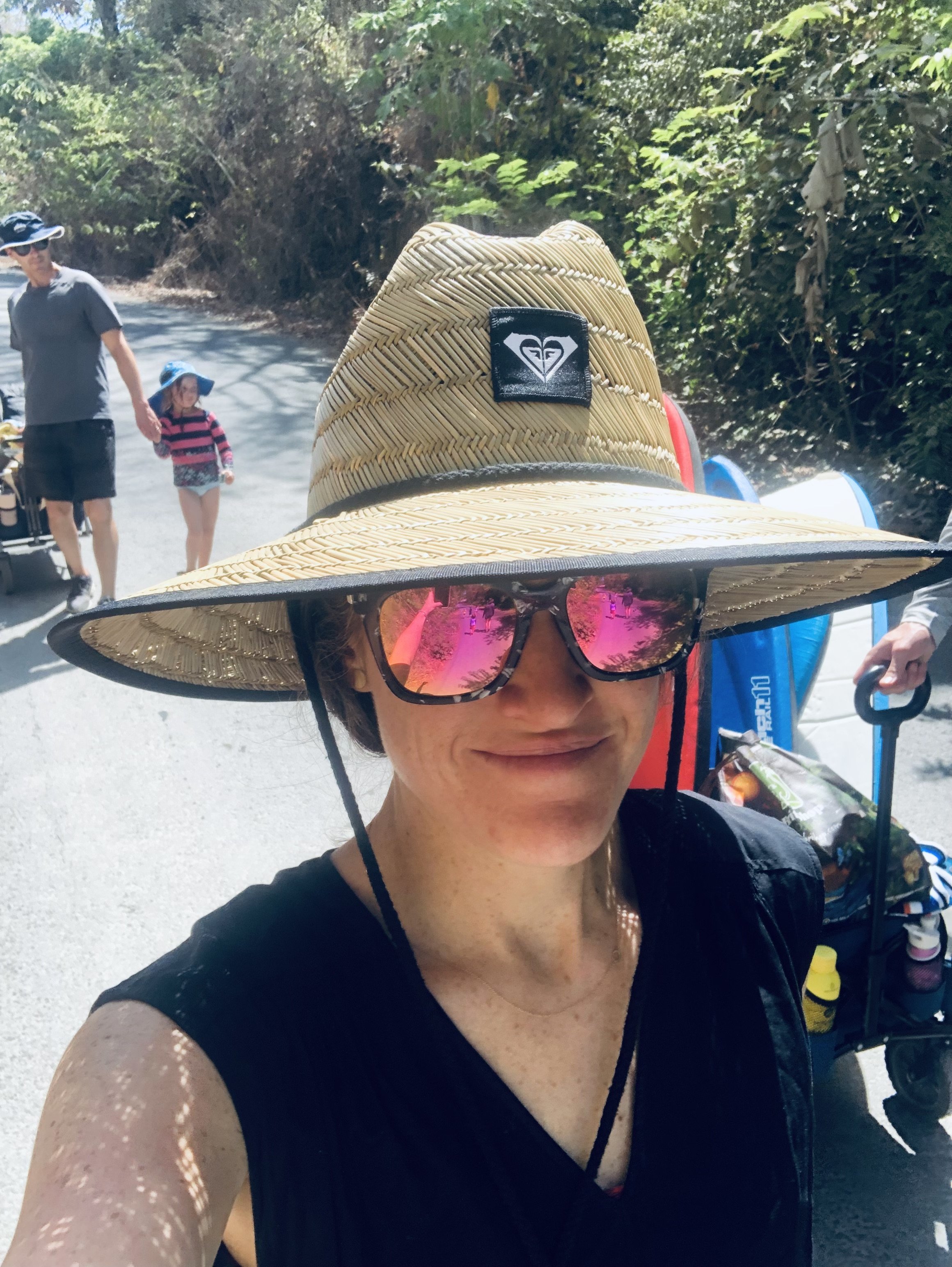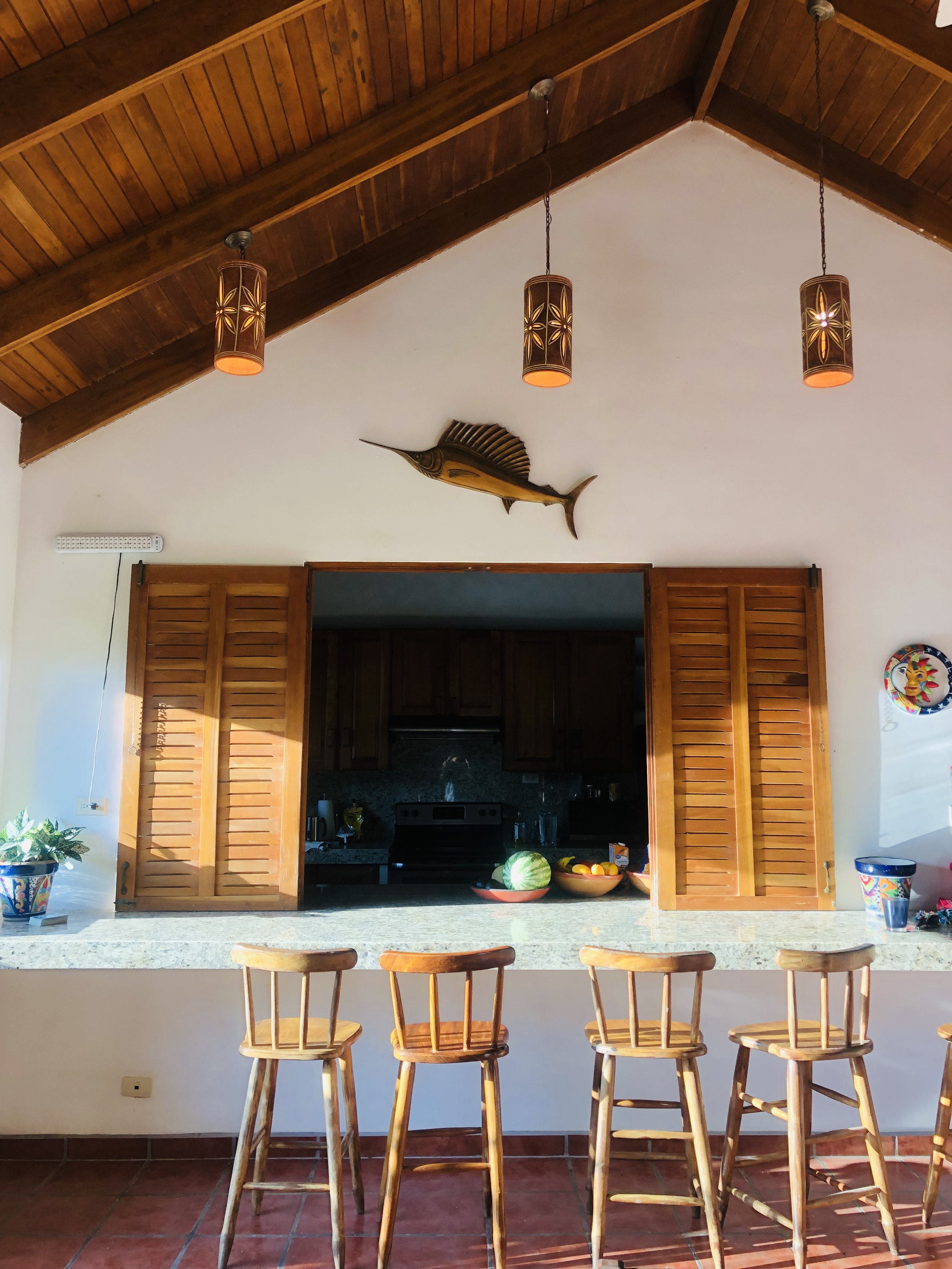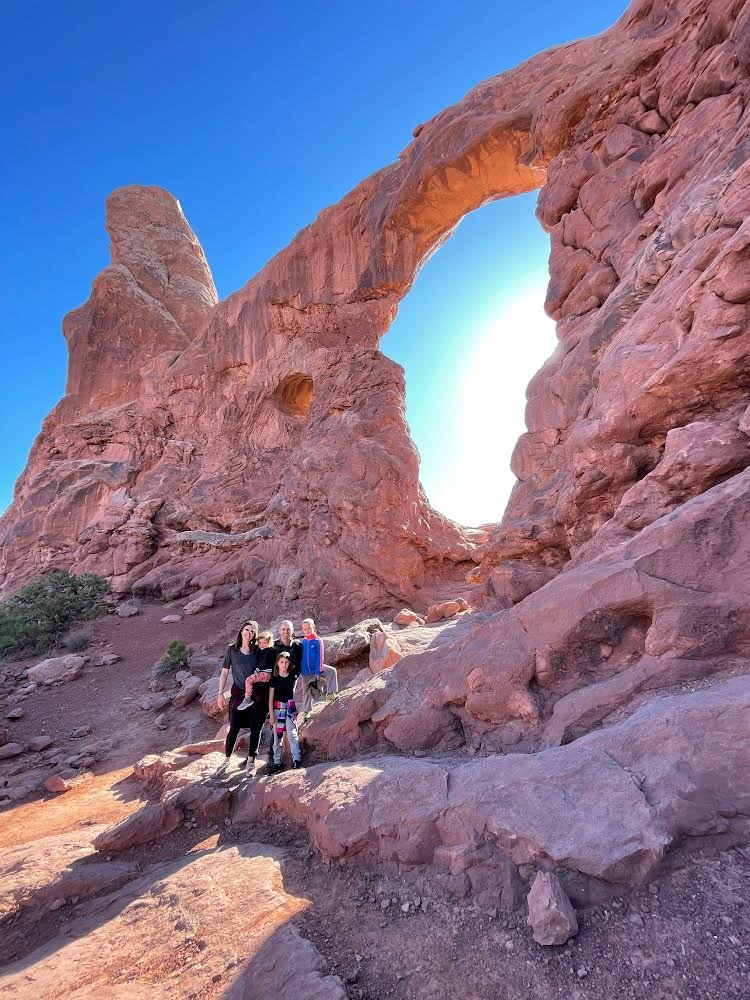In March 2022, we went on our third trip to Costa Rica. Our first trip was in February 2014, when Willa (my oldest child) was just 20 months old. We went for 10 days, flying in and out of San José, and exploring the Monteverde region before heading to the beach in Guanacaste province. We had a fantastic trip, and came back to Denver knowing we’d travel there again, if we had the chance.
The next time we planned a beach vacation, it was when Cameron (my second child) was 17 months old, and so we decided we should go somewhere “easier” and “simpler.” We went to Tulum, Mexico, and despite having a good time, it wasn’t at all easier, and we said to ourselves “we should have gone to Costa Rica!”
Apparently we’re into trips when our kids are just under age 2, because the next time we went to Costa Rica, our littlest, Zoe, was 16 months old. That was in 2019, and we traveled with another family. We loved that trip so much, we pretty much repeated it this year. No toddler in tow this time, though!
There are a lot of one liners about traveling with kids and how hard it can be. We love traveling as a family, challenges and all, but Costa Rica is the one vacation we’ve done that truly feels like a vacation. It is genuinely relaxing. Here are a few things we’ve done that I think have helped make this our favorite family vacation:
Go to a small town:
On our second trip to Costa Rica, we were very specific about what kind of place we wanted to stay. We searched for rental houses all over the country, looking for one that was walking distance from a beach and a grocery store. Our top pick was to be in Guanacaste or Nicoya, and we ultimately found a great-looking rental house in Playa Carrillo. The house worked out perfectly: we walked to the beach 1-2 times a day, and we could also walk to a small grocery store and a few restaurants. We went back to Playa Carrillo this year, but stayed in a different house. Still walking distance to the beach and closer to the store and restaurants. Plus it had a pool (see below for more on that). Playa Carrillo is just a short drive to Sámara, a larger beach town that is fun to explore. There’s a public bus between the two towns, too.
Fly to the smaller airport:
To get to Playa Carrillo, we fly to the Liberia airport in northwestern Costa Rica. It’s a small airport that primarily serves tourists. From Denver, Southwest flies to Liberia direct, but only on certain days of the week during peak season. We’ve closely watched Southwest’s schedule to get flights as soon as they’re released.
Don’t rent a car:
Many of you know that driving is not my favorite. Of course it has it’s role and with a rental car you can go more places on your own schedule. But we find renting a car when traveling can often be stressful, and driving in Costa Rica isn’t always smooth. Literally. On our first trip., we drove from Monteverde to Guanacaste and gosh it was a bumpy adventure! Our last two trips to CR have been with a group of 9 people. With that size group, we hire a van to drive us to and from the Liberia airport and our rental house in Playa Carrillo. It costs about $150 USD each way, and the drive is 2 hours. We’ve used Samara Adventures and always had a really good experience. They will supply car seats if you need them.
Rent a house with a pool:
To be honest, I had a lot of reservations about renting a house with a pool. Pools obviously add a good amount of risk, and I was worried that managing the kids around the pool would add a lot of stress to our vacation. Thankfully, after setting clear expectations and rules around the pool, we found it added so much FUN to our time in Costa Rica! Even though the beach was walking distance away, sometimes a jump in the pool was what everyone needed. The kids would swim first thing in the morning while the adults leisurely sipped their coffee. We’d have a quick swim before dinner. You get it - pools are great.
Find someone to cook at your house:
On our first trip to Playa Carrillo, we tried to find someone who’d be willing to come cook at our rental house, but we didn’t have any luck. This last trip, our property manager had a friend who was interested, and it was such a treat. She met with us and discussed our dietary preferences (1 gluten free, 1 vegan, 1 vegetarians) and then came three nights during our stay and cooked the most delicious Costa Rican food (plus some chicken tenders and fries for the kids). It was less expensive than going out to eat at the local restaurants, even though we ended up paying more than she asked for because we were so happy with the experience.
Buy groceries:
I know not everyone agrees, but I don’t find eating out to be that “easy.” I’m not good at deciding what to order, and I’ve gotten even worse since eating a more vegan diet. With kids, you have to help them decide what to order too…and then you have to wait. Anyway, my point is there is some ease that comes with having groceries and making food at your rental house. We like to have the airport transfer van stop at a larger grocery store en route and then we re-stock from the small store in Playa Carrillo. Easy meal ideas: pasta with jarred sauce, tacos, eggs and veggies. And don’t miss the fresh fruit!
Keep plans minimal:
I know this isn’t everyone’s preference, but for us, it’s worked out really well to keep our days very simple while in Costa Rica. We are there for a week, and only planned a couple outings or adventures. Most days we “just” go to the beach. Coming from Denver, the beach is very different and exciting and keeps us all entertained for hours at a time. In 2019, we went into Sámara one day, and also went on a dolphin watching adventure. This past trip (2022), we again went to Sámara and also spent a morning zip-lining in the jungle. We booked our outings with Samara Adventures. They pick you up and drop you off at your rental house, so no car needed!
Make piña coladas:
With or without rum, fresh pineapple blended together with coconut cream and ice is absolutely divine after a day at the beach. So refreshing!
Take a wagon:
A wagon is key for getting kids and stuff to and from the beach. Without one, it might have seemed necessary to drive, but with two wagons we were able to take all our towels, toys, snacks and kids on the 10 minute walk there and back. Ours is a Costco wagon and it was easy to take through the airport. We’ve gate checked it and checked it as a stroller. Both work!
Watch the sunset:
Sunsets are relaxing. I highly recommend taking a picnic dinner to the beach one night to watch the sun go down after you play in the waves.
Everyone likes different types of vacations, but for us, keeping things low key has been delightful. What’s your favorite way to actually relax on vacation?
Pura Vida!




